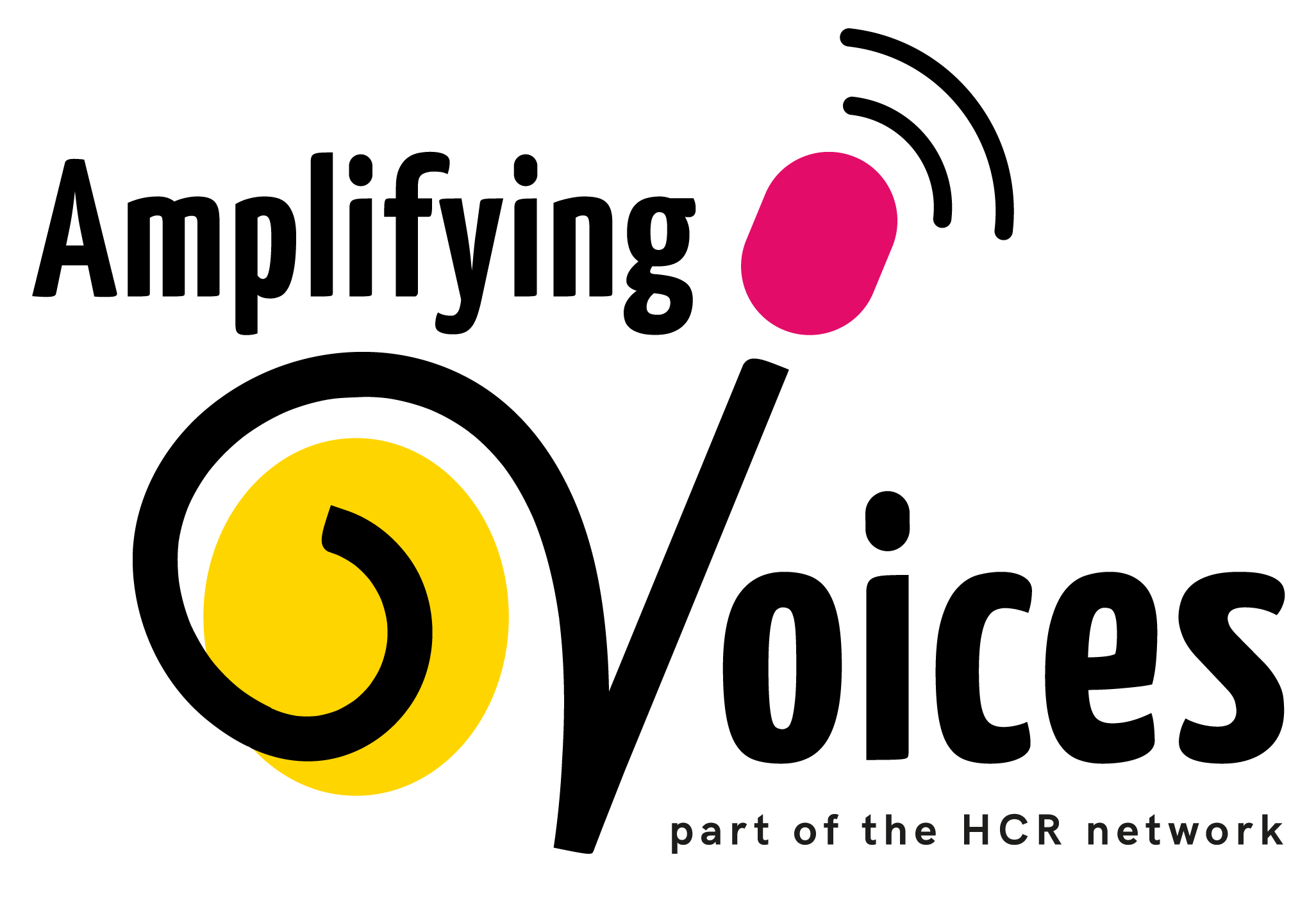
How HCR helped Gorbachev achieve glasnost in the USSR
We’ve been looking through HCR’s archives and have asked our founder, Dr Ross James, to explain the story behind some of the photos.
By Ross James
By 1989, Russia’s leader, Mikhail S. Gorbachev had orchestrated a reorientation of Soviet strategic aims that contributed to the end of the Cold War and brought in an era of glasnost (openness) and perestroika (restructuring). The Russians withdrew from Afghanistan, Communist regimes in Eastern and Central Europe were defeated in elections, and the East German Government opened the Berlin Wall. The Union of Soviet Socialist Republics (USSR) officially ceased to exist on 31 December 1991.
In these tumultuous years I was living and working in Pakistan and was part of a small team that travelled to Russia to support a group of people who wanted to broadcast radio programs responding to a vacuum of family, spiritual and social values in a country that was collapsing. Crime, corruption, alcoholism, drug addiction, poverty, hunger and unemployment now besieged a despairing people who had been denied freedom of expression, religion and individual empowerment for decades.
I have many memories of that time: of when we ate radish for breakfast because of the scarcity of fresh food but fed a starving cat scavenging beneath the tables of a dilapidated café a bowl of caviar because it was so plentiful; of not just one but many old women sitting on a footpath, pathetic in their attempts to sell a pair of used shoes or two tomatoes. But nothing will erase the memory of working with that first generation of broadcasters no longer coerced into thinking and behaving according to the collective ideology that had shaped their entire existence and which was now crumbling to pieces around them.
One of our sessions was in the training room of a radio station with powerful transmitters for jamming political and religious broadcasts from outside of the Soviet Union. Those transmitters were now silent, no longer churning out annoying and disruptive signals on the same frequencies as foreign broadcasts intended for Soviet audiences. But ideological apparatus remained around the radio facility: statues of Marx, Lenin, Stalin. In our training room, large portraits featuring their stern images looked down on us, as we developed a suite of communication strategies and radio programs that, over the next few years, had much positive impact on the lives of listeners. Let alone not having the opportunity to voice their concerns about family and social issues before, none of our group had any broadcasting experience.

In this photo, a translator is helping me to work through a programmer’s proposals during a mentoring session on a launch on the Amur River that flows through Khabarovsk, 30 kilometres from the Chinese border in Siberia.
